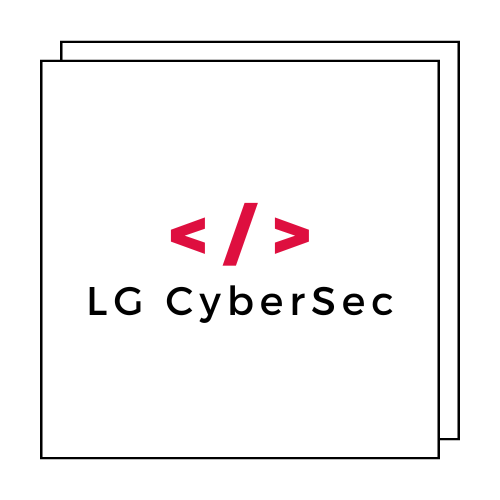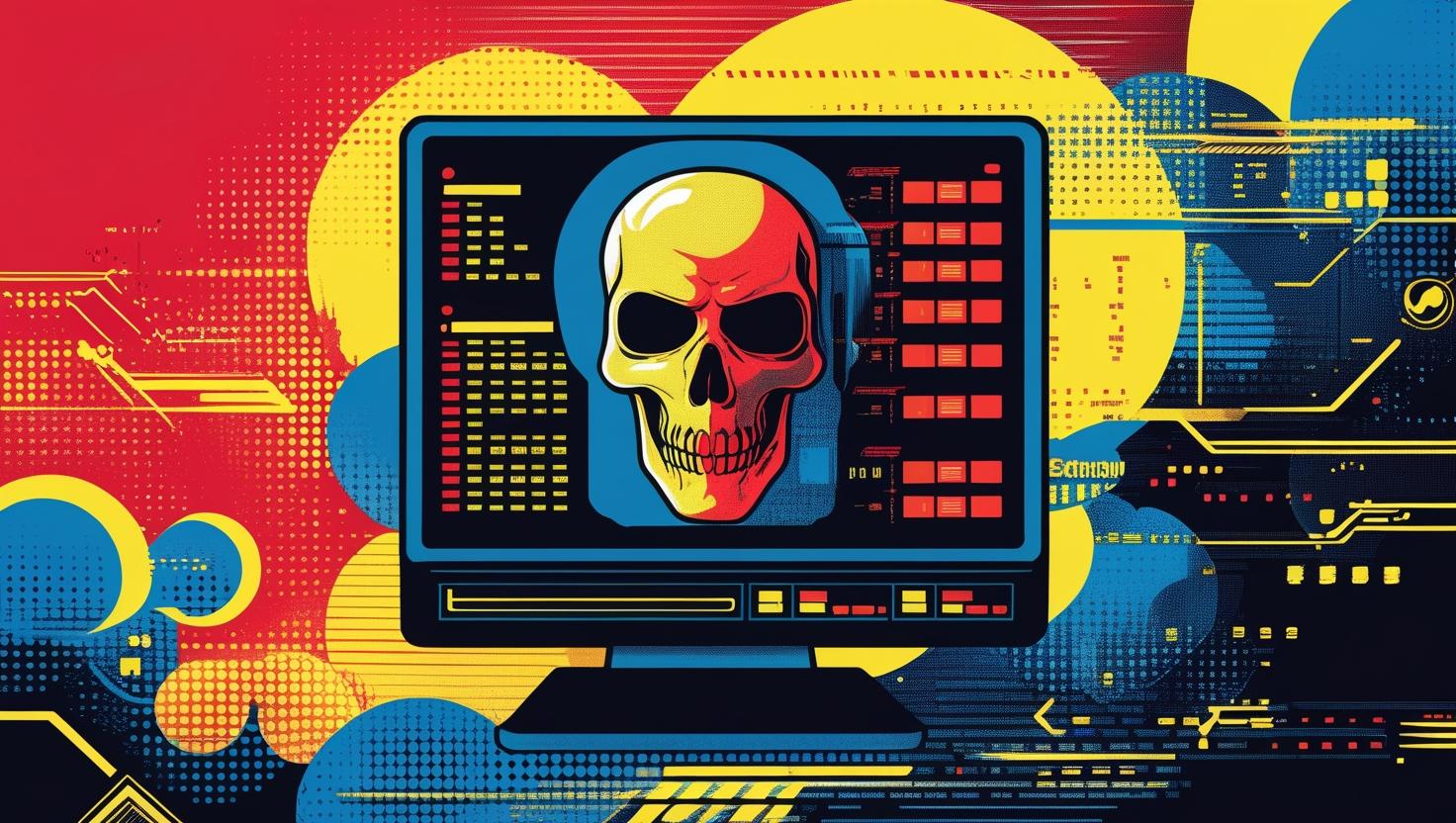Ransomware as a Service (RaaS) has fundamentally transformed the cybersecurity landscape, democratizing cybercrime and making sophisticated attacks accessible to criminals with minimal technical expertise. This comprehensive guide explores the evolution, current state, and impact of RaaS operations that continue to plague organizations worldwide in 2025.
What Is Ransomware as a Service (RaaS)?
Ransomware as a Service represents a cybercrime business model where experienced ransomware developers create and maintain malicious software, then lease it to affiliates who execute attacks. This franchise-like approach has industrialized ransomware, creating a thriving underground economy where specialized roles mirror legitimate software businesses.
In a typical RaaS operation, core developers handle the technical infrastructure while affiliates focus on gaining initial access to target networks. Profits are split between operators and affiliates, typically ranging from 70-80% for affiliates and 20-30% for the core group, creating powerful financial incentives for participation.
The Current State of RaaS in 2025: Alarming Statistics
The RaaS threat landscape continues to evolve rapidly, with concerning trends emerging throughout 2025:
Financial Impact
FinCen identified a ransomware trend of more than $5.2 billion in ransom payments made in Bitcoin, highlighting the massive financial scale of these operations. However, recent data shows some fluctuations: Ransomware attacks led to payments totalling $1.25bn in 2023, decreasing to $813m in 2024, potentially indicating improved defensive measures or victim resistance to paying ransoms.
Attack Volume and Growth
BlackFog reported a surge in early 2025, with 92 disclosed incidents in January 2025 for a 21% year-over-year increase, with 32 different ransomware groups behind the attacks. This demonstrates the continued proliferation of RaaS groups and their persistent threat to organizations.
Ransomware makes up 28% of malware incidents, with a wave of cyberattacks hitting high-profile targets and household name brands in Spring 2025.
Organizational Preparedness
Despite the growing threat, organizations remain woefully unprepared. According to Ransomware.org’s 2024 State of Ransomware report, just under half (48%) of survey respondents felt their organization was ready for a ransomware attack, with 46% having small incident response teams of 5 people or less.
Financial Demands
The average ransom demand climbed 144% to $2.2 million, while the average payment rose 78% to $541,010, showcasing the escalating financial stakes in ransomware negotiations.
Timeline: The Evolution of Ransomware to RaaS
1989: The Birth of Ransomware
The first ransomware attack is generally regarded as the “AIDS trojan,” named for the 1989 World Health Organization (WHO) AIDS conference, where biologist Joseph Popp handed out 20,000 infected floppy discs to event participants.
2012: The First RaaS Model Emerges
The first instance of ransomware-as-a-service (RaaS) occurs with Reveton ransomware, marking the beginning of the commercialization of ransomware operations.
2013: Modern Ransomware Takes Shape
CryptoLocker marked the first large-scale, modern ransomware, using innovations such as tougher encryption and Bitcoin for untraceable payments, establishing the template for future attacks.
2016-2017: The Explosion Era
Major ransomware campaigns like WannaCry and NotPetya demonstrated the global impact of ransomware, affecting hundreds of thousands of systems worldwide and causing billions in damages.
2019-2020: RaaS Industrialization
Between late 2019 and early 2020, the notorious ransomware group Conti became prominent and carried out several large-scale attacks, with its Ransomware as a Service (RaaS) operation playing a significant role.
2020-2024: The Golden Age of RaaS
This period saw the rise of major RaaS groups like LockBit, BlackCat (ALPHV), and Royal, with increasingly sophisticated operations and record-breaking ransom demands.
2025: Fragmentation and Adaptation
Q2 2025 saw a drop of 6% in ransomware attacks, with the net effect being a fragmented ransomware ecosystem no longer dominated by one or two major players.
Major RaaS Groups: The Key Players
LockBit: The Dominant Force
In 2022, LockBit was the most deployed ransomware variant across the world and continues to be prolific in 2023, attacking organizations across critical infrastructure sectors including financial services, food and agriculture, education, energy, government and emergency services, healthcare, manufacturing, and transportation.
Research consistently shows LockBit’s dominance: 35.8% of RaaS attacks were attributed to LockBit, while 19% belonged to Conti and 9.6% to BlackCat.
Key Resources:
BlackCat (ALPHV): The Sophisticated Operator
BlackCat, also known as ALPHV, represents one of the most technically advanced RaaS operations, written in the Rust programming language for enhanced performance and evasion capabilities.
Conti: The Business-Like Operation
Before its dissolution in 2022, Conti operated like a legitimate corporation with HR departments, salary structures, and performance bonuses for affiliates, demonstrating the sophistication of modern RaaS operations.
Emerging and Active Groups
The most notorious groups at present are BlackCat, Cl0p, and Lockbit, which have taken claim to some of the major attacks of this year.
Industry Resources:
How RaaS Operations Function
The Business Model
RaaS operates on several models:
- Affiliate Programs: Developers recruit affiliates to conduct attacks using their tools
- Monthly Subscriptions: Fixed-fee access to ransomware tools and infrastructure
- Profit Sharing: Revenue splits between developers and attackers
- One-time Licensing: Direct sale of ransomware variants
The Attack Chain
- Initial Access: Affiliates gain entry through phishing, RDP attacks, or exploiting vulnerabilities
- Lateral Movement: Spreading through networks to maximize impact
- Data Exfiltration: Stealing sensitive information for double extortion
- Encryption: Deploying ransomware to lock critical systems
- Ransom Demand: Demanding payment for decryption keys and data return
Support Infrastructure
Modern RaaS groups provide:
- 24/7 technical support for affiliates
- Negotiation platforms for victim communication
- Payment processing through cryptocurrency
- Marketing materials and attack tutorials
- Regular software updates and new features
The Impact on Different Sectors
Healthcare
LockBit, Conti, SunCrypt, ALPHV/BlackCat, and Hive emerge as key RaaS groups targeting healthcare and public health sector, with attacks on hospitals potentially endangering patient lives.
Government and Critical Infrastructure
The SonicWall 2025 Cyber Threat Report shows an 8% increase in ransomware attacks across North America, noting that RaaS can lower the barrier for entry for cybercriminals.
Financial Services
Banks and financial institutions face both direct attacks and secondary impacts from supply chain compromises affecting their technology providers.
Manufacturing and Supply Chain
Attacks on manufacturing facilities can disrupt global supply chains, as seen in numerous high-profile incidents throughout 2024 and 2025.
Law Enforcement Response and Takedowns
Recent Successes
Law enforcement agencies have bagged LockBit and BlackCat, among the best known of the bunch, though both groups were able to rally after the takedowns.
International Cooperation
- Operation Cronos: International effort targeting LockBit infrastructure
- Europol Initiatives: Coordinated European response to RaaS threats
- FBI Task Forces: Dedicated ransomware investigation units
Key Law Enforcement Resources:
Defense Strategies Against RaaS
Technical Measures
- Endpoint Detection and Response (EDR): Advanced monitoring for suspicious activities
- Network Segmentation: Limiting lateral movement capabilities
- Backup Strategies: Immutable, offline backups for rapid recovery
- Patch Management: Addressing vulnerabilities exploited by affiliates
- Email Security: Blocking phishing attempts and malicious attachments
Operational Practices
- Incident Response Planning: Prepared procedures for ransomware events
- Employee Training: Regular awareness programs about ransomware tactics
- Access Controls: Implementing zero-trust principles
- Business Continuity: Plans for operating during and after attacks
Threat Intelligence
- Dark Web Monitoring: Tracking RaaS group communications and activities
- Indicator Sharing: Participating in threat intelligence communities
- Vulnerability Management: Prioritizing patches based on RaaS targeting
Security Vendor Resources:
The Economic Ecosystem of RaaS
Financial Flows
The RaaS economy involves multiple participants:
- Core Developers: Creating and maintaining ransomware
- Affiliates: Conducting attacks and sharing profits
- Initial Access Brokers: Selling network access
- Cryptocurrency Exchanges: Facilitating ransom payments
- Ransomware Negotiators: Third-party payment intermediaries
Payment Mechanisms
While Bitcoin remains popular due to its difficulty in tracing transactions, RaaS groups increasingly use privacy-focused cryptocurrencies like Monero for enhanced anonymity.
Underground Markets
RaaS operations participate in broader cybercrime ecosystems, purchasing stolen credentials, exploits, and network access from specialized vendors.
Future Predictions and Trends
Technology Evolution
- AI-Enhanced Attacks: Machine learning for target selection and evasion
- Cloud-Native Ransomware: Attacks targeting cloud infrastructure
- IoT Integration: Expanding to Internet of Things devices
- Supply Chain Focus: Increasing attacks on managed service providers
Geopolitical Factors
- Nation-State Influence: Potential connections between RaaS groups and state actors
- Regulatory Responses: Enhanced international cooperation and sanctions
- Economic Impacts: Global recession fears from widespread attacks
Industry Adaptations
60 percent of organizations, along with investors and venture capitalists, will use cybersecurity risk as a key factor in assessing new business opportunities by 2025.
Regulatory and Legal Landscape
Current Regulations
- GDPR Implications: Data breach notifications and fines
- HIPAA Requirements: Healthcare-specific protections
- Financial Services: Banking and insurance regulations
- Critical Infrastructure: Sector-specific mandates
Emerging Legislation
- Ransomware Disclosure Laws: Mandatory reporting requirements
- Cryptocurrency Regulations: Enhanced tracking and compliance
- International Treaties: Cross-border cooperation frameworks
Regulatory Resources:
Case Studies: Notable RaaS Attacks
Colonial Pipeline (2021)
The DarkSide RaaS attack that shut down the largest fuel pipeline in the United States, demonstrating the potential for ransomware to impact critical infrastructure.
Kaseya (2021)
REvil’s supply chain attack that affected thousands of downstream customers through a managed service provider, showcasing the amplified impact of targeting MSPs.
Costa Rica Government (2022)
Conti’s attack on multiple government ministries, illustrating how RaaS groups can target entire nations.
Building Organizational Resilience
Assessment Framework
- Risk Evaluation: Understanding specific industry threats
- Gap Analysis: Identifying security weaknesses
- Capability Building: Developing incident response capabilities
- Testing Programs: Regular simulations and exercises
Investment Priorities
- Detection Capabilities: Early warning systems
- Response Planning: Prepared procedures and communication plans
- Recovery Infrastructure: Backup systems and restoration processes
- Insurance Coverage: Cyber insurance policies with ransomware provisions
Vendor Partnerships
- Managed Security Services: 24/7 monitoring and response
- Incident Response Firms: Specialized ransomware recovery
- Legal Counsel: Experts in ransomware negotiations and compliance
- Public Relations: Crisis communication specialists
Conclusion: Navigating the RaaS Threat Landscape
Ransomware as a Service represents one of the most significant cybersecurity challenges of our time. Unit 42 is actively tracking at least 56 active RaaS groups, demonstrating the scale and persistence of this threat.
The evolution from individual ransomware attacks to industrialized RaaS operations has fundamentally changed the threat landscape. Organizations must adopt comprehensive defense strategies that address not just the technical aspects of ransomware but also the business processes, human factors, and recovery capabilities needed to maintain resilience.
As we move through 2025, the fragmentation of the RaaS ecosystem may create new challenges as smaller, more agile groups emerge. However, continued international cooperation, improved defensive technologies, and enhanced organizational preparedness offer hope for reducing the impact of these persistent threats.
The key to success lies in treating ransomware as a business risk rather than just a technical problem, implementing layered defenses, and maintaining the capability to detect, respond to, and recover from attacks when they occur.
Stay informed about the latest RaaS threats by following threat intelligence feeds and maintaining partnerships with cybersecurity experts. Remember: preparation and prevention remain the best defenses against Ransomware as a Service operations.

